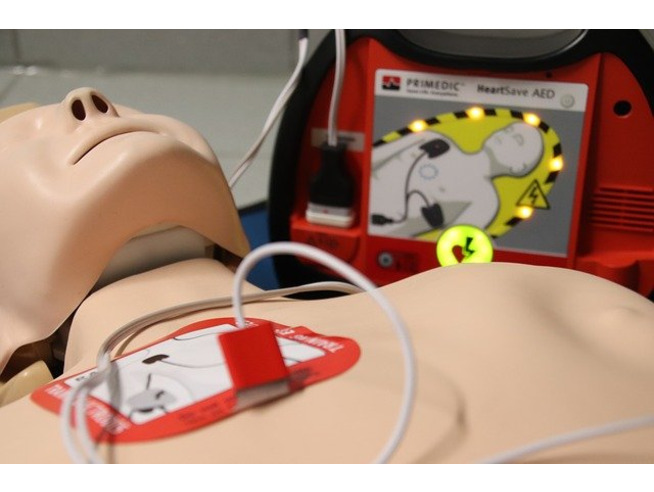RQF - EFAW (Emergency First Aid at Work)
Learn basic lifesaving first aid. Photo ID Required.
Emergency First Aid at Work (EFAW): Regulated Qualification
Course Length:
One Day Course
Maximum Number of Attendees:
12 (If booking online for up to 12 people select ONE participant. If booking for more than 12 people, please call on 01376 573999)
Course Description:
This EFAW Course is for any member of an organisation who is, or who wants the, responsibility of emergency first aid at work. As a regulated course this meets the requirements laid out by the Health and Safety Executive (HSE). We train a huge number of clients in health and social care, however, this course is suitable for people working in shops, restaurants, gyms, hotels, warehouses, and many more.
The training focuses on emergency lifesaving skills that can be applied across any working environment. You will learn about the responsibilities of a first aider, what to do at the scene, vital information that will need to be given to the emergency services, and how to report after an accident. You will gain knowledge and skills to deal with conducting a scene survey, assess the consciousness of a casualty, learn the importance of, and how to place someone in, the recovery position, manage seizures, shock, burns and scalds, cuts and bruises, and CPR.
Learning Outcomes and Assessment Criteria:
This course will help you to:
Understand the role and responsibilities of a First Aider: Identify the role and responsibilities of a first aider. Describe how to minimise the risk of infection to self and others. Identify the need for establishing consent to provide first aid. Complete an accident form. Identify the first aid equipment that should be available in a workplace. Describe the safe use of first aid equipment.
Be able to assess an incident: You will be able to conduct a scene survey, conduct a primary survey of a casualty, and give examples of when to call for help.
Be able to manage an unresponsive casualty who is breathing normally: Assess a casualty's level of consciousness. Open a casualty's airway and check breathing. Explain why it is important to place an unconscious casualty into the recovery position. Place an unresponsive casualty in the recovery position. Manage a casualty who is in seizure.
Be able to manage an unresponsive casualty who is not breathing normally: Recognise the need to commence Cardiopulmonary Resuscitation. Demonstrate Cardiopulmonary Resuscitation using a manikin.
Be able to recognise and assist a casualty who is choking: Describe how to identify a casualty with a (1) partially blocked airway (2) completely blocked airway. Administer first aid to a casualty who is choking.
Be able to manage a casualty with external bleeding: Identify the types of external bleeding. Control external bleeding.
Be able to manage a casualty who is in shock: Recognise shock. Administer first aid to a casualty who is in shock.
Be able to manage a casualty with a minor injury: Administer first aid to a casualty with small cuts, grazes, and bruises. Administer first aid to a casualty with minor burns and scalds. Administer first aid to a casualty with small splinters.
At the end of the training session, there is a written assessment to evidence the learning of the attendees.
This course can be tailored to the bespoke needs of the customer. Please speak to a member of the sales team for further details.
-
What do i need to bring?
For all QCF Regulated courses you must bring photo ID to all sessions.
-
How Long do Certificates Last?
This Depends on the course, please see the description.

